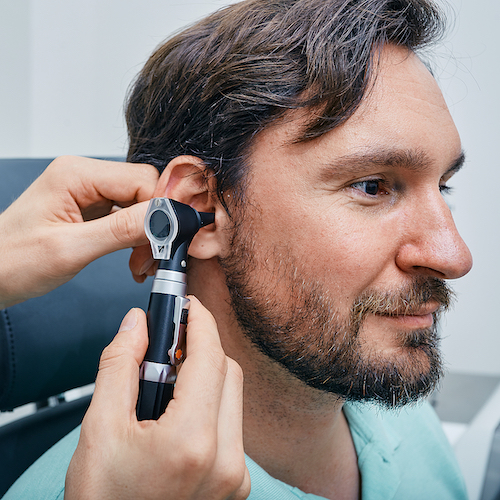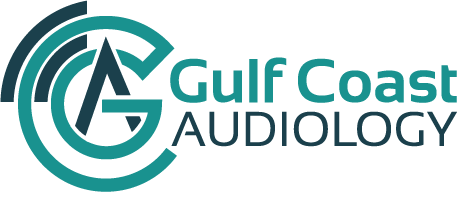What to Expect at a Hearing Test
It is normal to feel anxious before your hearing test. After all, your hearing is an important part of your life and you want to make sure that it is in the best condition. A hearing test is an important step in understanding your hearing health. It helps to identify any potential issues and can help you take the right steps to improve your hearing. During a hearing test, you can expect to have a comprehensive evaluation of your ears. This includes a physical examination, as well as tests to determine the range and quality of sounds that you can hear. They may also ask questions about your lifestyle habits and relationships with family, friends, and colleagues to determine if there are any social factors that could be impacting your overall hearing health. Depending on the results, the doctor may recommend further tests or discuss treatment options such as hearing aids.
A successful outcome from a hearing test could also lead to improved relationships with family and friends by helping them understand what it’s like living with a hearing impairment. With this knowledge, they may be better able to support and communicate with you in ways that make it easier for everyone involved.

The Five Major Components
- Health History
- Otoscopy
- Tympanography
- Speech Test
- Air and Bone Conduction Test

Health History

Otoscopy
Tympanography
Speech Testing
Air and Bone Conduction Test

